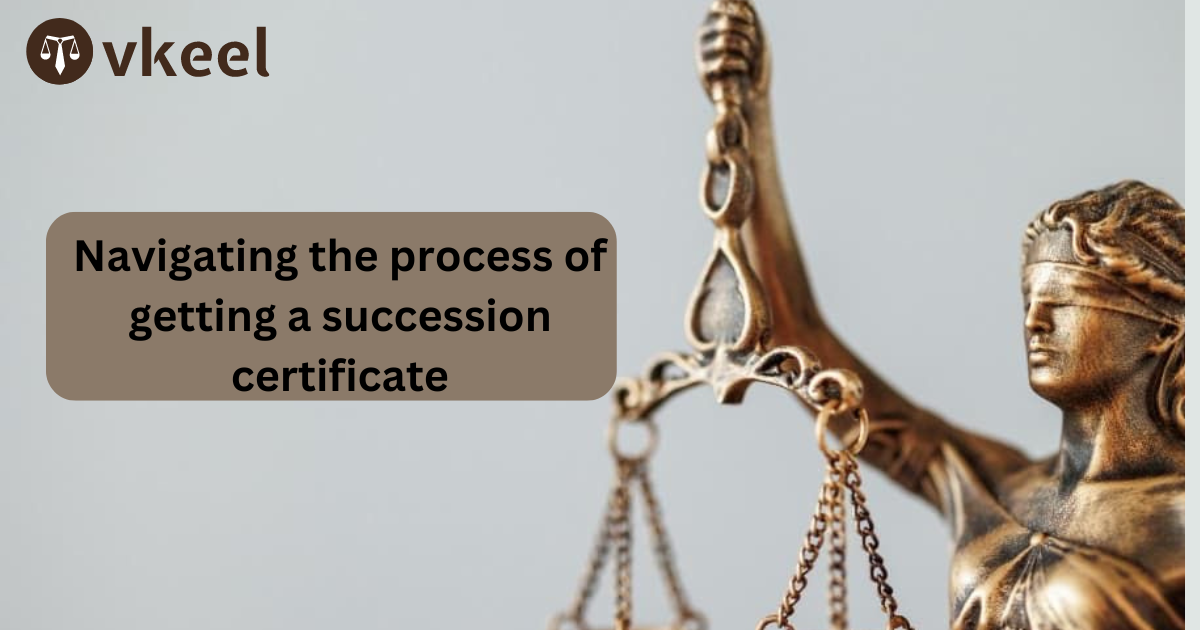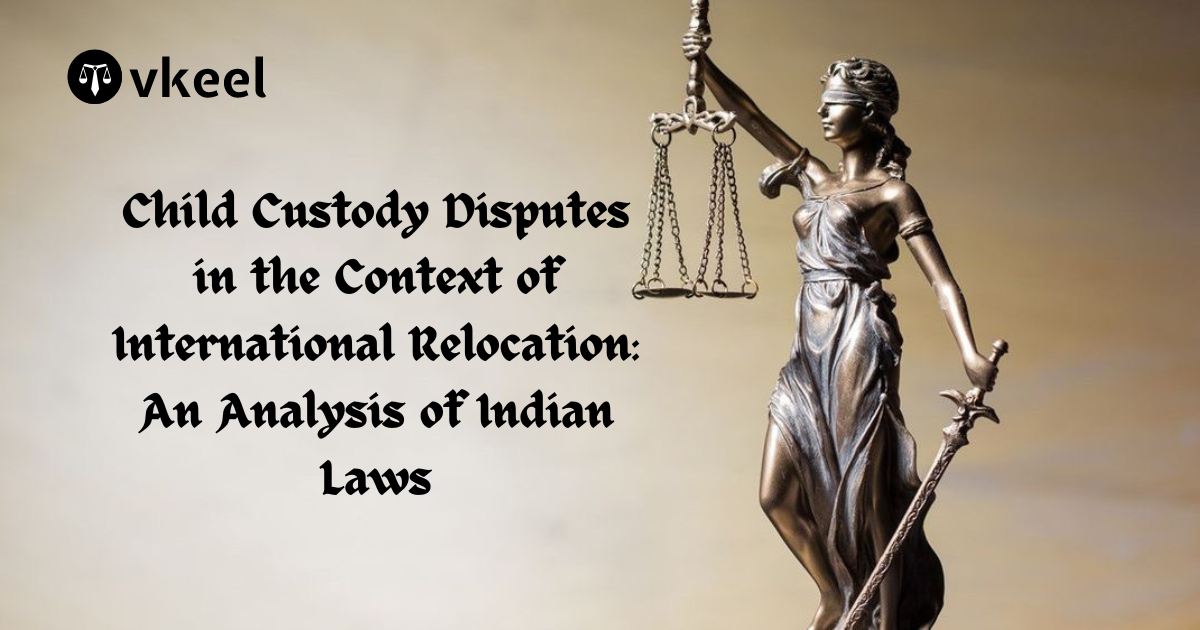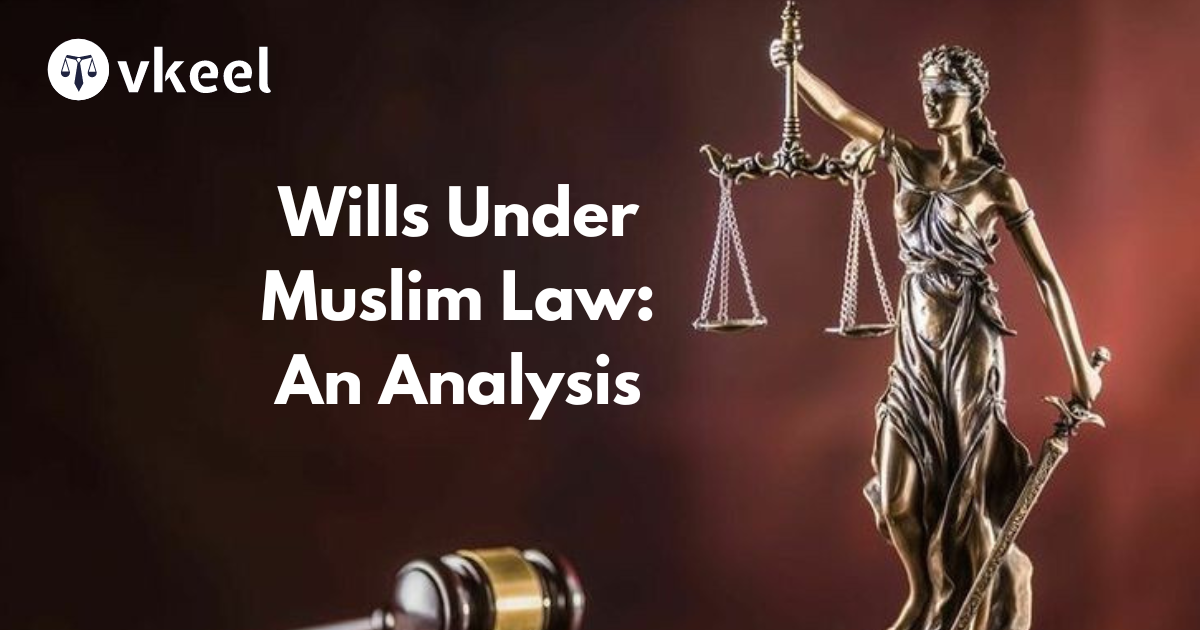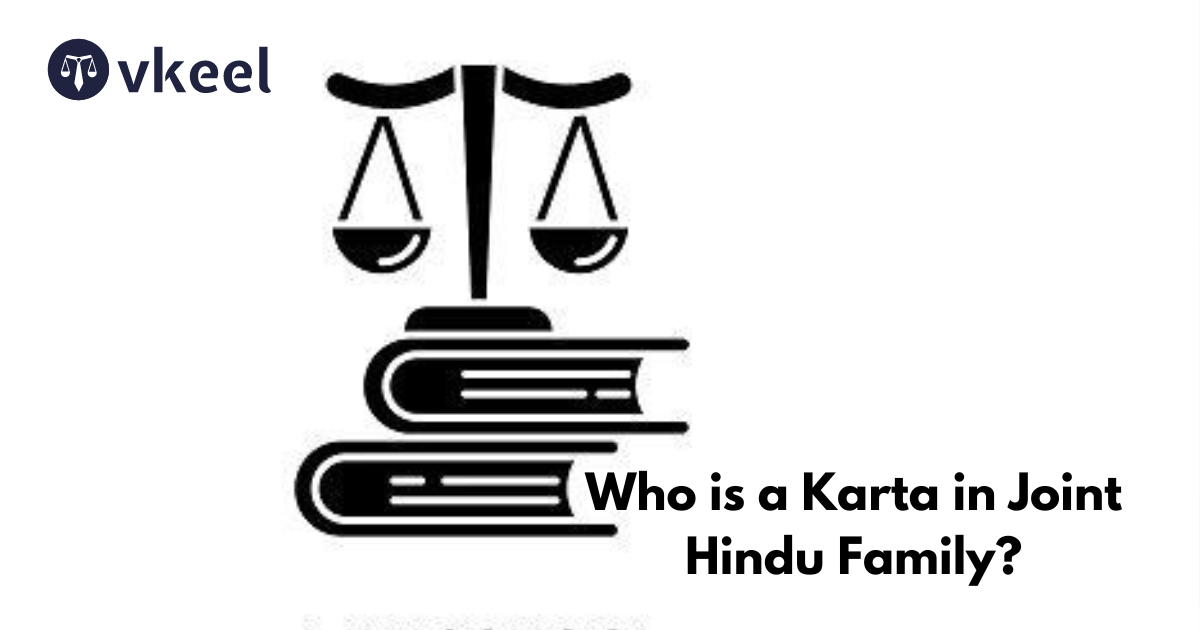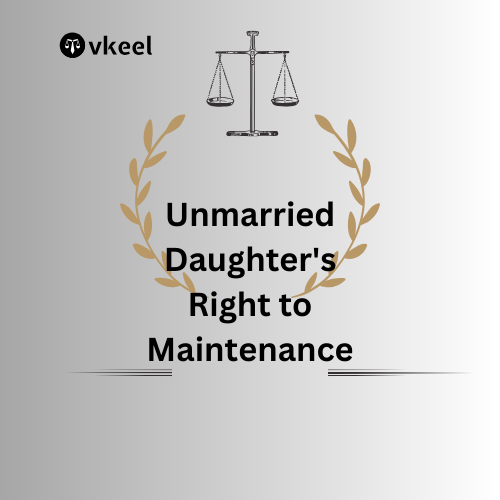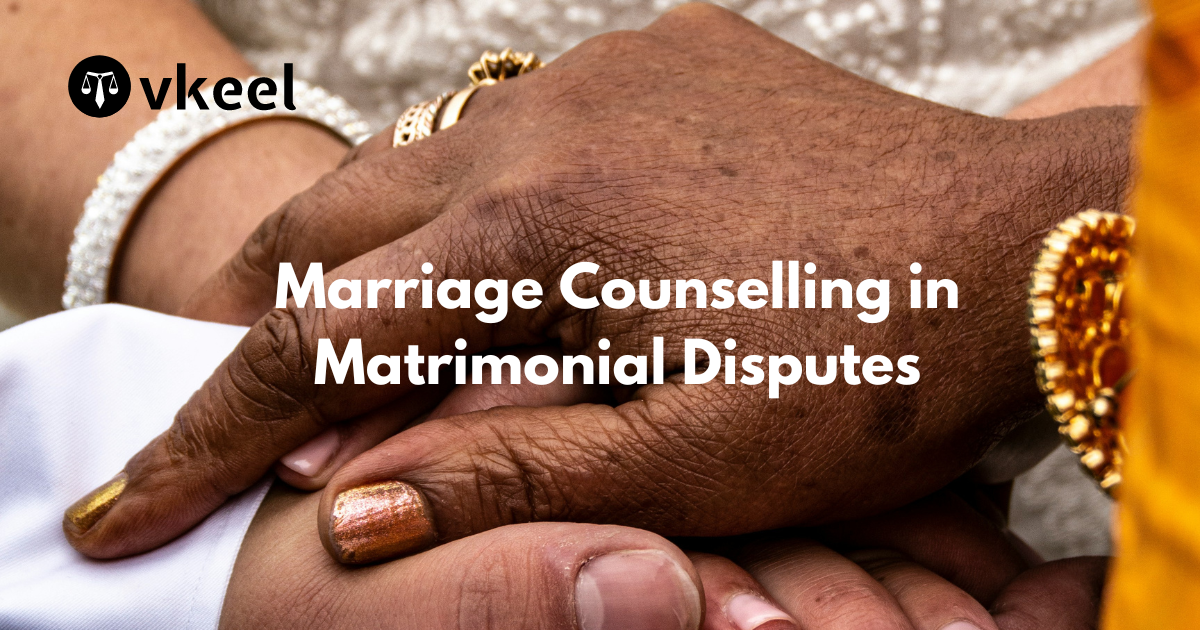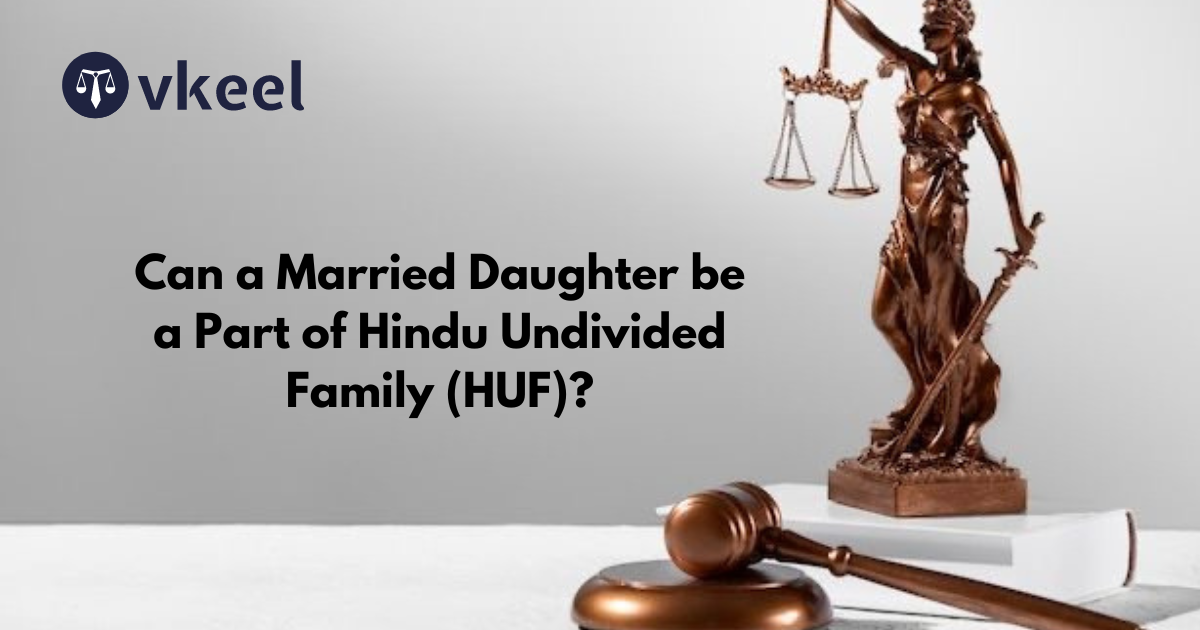Navigating the process of getting a succession certificate
By Himanshu Kumar
Table of Contents
Introduction
In India, the passing of a loved one is often accompanied by the complex legal process of estate succession. A succession certificate serves as a vital document for heirs and beneficiaries to establish their entitlement to the deceased’s assets and liabilities. However, obtaining a succession certificate can be a daunting task, involving legal procedures, documentation, and court proceedings.
A succession certificate is a legal document issued by a civil court to the legal heirs of a deceased person. It enables the heirs to establish their entitlement to the deceased’s movable assets, such as bank accounts, investments, debts, and other financial instruments. The certificate is crucial for accessing and transferring the deceased’s assets, settling debts, and administering the estate.
The process of obtaining a succession certificate in India is governed by the Indian Succession Act, 1925. Section 372 of the Act empowers the District Judge or other competent civil courts to grant succession certificates to the rightful heirs of a deceased person.
Origin of Succession Certificate
The process of obtaining a succession certificate in India has its origins in the colonial-era legal system and subsequent legislative reforms. During British rule, India inherited a fragmented legal framework governing inheritance and succession, characterized by diverse customs, religious laws, and regional practices. The need for a unified legal framework led to the enactment of the Indian Succession Act, 1925, which sought to codify and consolidate laws related to succession across different communities and regions. This landmark legislation provided a comprehensive framework for the administration and distribution of the estates of deceased persons in India, including provisions for obtaining succession certificates.
The Indian Succession Act, 1925, laid down the procedural requirements and legal principles governing the issuance of succession certificates by civil courts. Under the Act, jurisdiction was vested with the District Judge or other competent civil courts to grant succession certificates to the rightful heirs of a deceased person. The Act established the legal basis for heirs and beneficiaries to assert their rights to the deceased’s assets and liabilities through a formal legal process.
Over the years, the process of obtaining a succession certificate has evolved in response to changing legal, social, and technological dynamics. Judicial interpretation has played a crucial role in shaping the procedural aspects of succession certificate proceedings, with courts clarifying legal principles, evidentiary requirements, and jurisdictional issues through their judgments and rulings on succession matters. Landmark cases have established precedents and procedural guidelines for petitioners seeking succession certificates, ensuring consistency and fairness in the administration of justice.
Legislative amendments have also contributed to the development of the succession certificate process, addressing emerging issues and enhancing procedural efficiency. While the Indian Succession Act, 1925, remains the cornerstone of succession law in India, amendments to procedural laws, such as the Civil Procedure Code and the Evidence Act, have influenced the procedural aspects of obtaining succession certificates. These amendments have sought to streamline court procedures, enhance access to justice, and reduce administrative delays in succession proceedings.
In recent years, efforts have been made to modernize and digitize the process for obtaining succession certificates, reflecting broader trends towards e-governance and judicial reforms. Online filing of petitions, electronic service of notices, and digitization of court records have been introduced to expedite proceedings and improve transparency and accessibility. These modernization efforts aim to address procedural inefficiencies, enhance the ease of doing business, and promote access to justice for heirs and beneficiaries in matters of estate succession.
Procedure of Obtaining a Succession Certificate
The procedure for obtaining a succession certificate in India is governed by the Indian Succession Act, 1925, and involves several steps. Here’s a detailed explanation of the process:
Initiating the Process
- The process begins with filing a petition before the appropriate civil court. The jurisdiction of the court is determined based on factors such as the deceased’s place of residence or the location of the assets.
- The petition for a succession certificate is usually filed by a legal heir or beneficiary who seeks to establish their entitlement to the deceased’s assets and liabilities.
Preparation of Petition
- The petitioner prepares a detailed petition, which includes information such as the deceased’s name, date of death, details of the claimants seeking the certificate, a list of assets and liabilities, and any other relevant information.
- The petition must be accompanied by supporting documents, including the death certificate of the deceased, proof of relationship with the deceased, and details of the assets and liabilities.
Filing of Petition
- The petitioner files the petition along with the supporting documents before the appropriate civil court. The court fees prescribed for filing the petition must also be paid at this stage.
- The petition is registered by the court, and a unique case number is assigned for further proceedings.
Issuance of Notice
- Upon filing the petition, the court issues notices to interested parties, including legal heirs, creditors, and any other individuals with a potential claim to the estate.
- Notices are served through registered post or in person, informing the interested parties about the filing of the petition and the date of hearing.
Publication of Notice
- In addition to serving notices to interested parties, the court may also require the petitioner to publish a notice in a local newspaper or gazette.
- This serves to inform any other potential claimants or creditors who may not have received individual notices.
Objections and Contests
- Interested parties have the opportunity to contest the petition or raise objections within the stipulated time frame, typically 30 days from the date of service of notice.
- Objections may be raised on grounds such as lack of jurisdiction, improper documentation, or disputes over the entitlement of the petitioner.
Evidence and Documentation
- The petitioner is required to submit additional evidence and documentation to substantiate their claim in case of objections or contests.
- This may include producing witnesses, documentary evidence, or any other relevant material to support the petitioner’s case.
Adjudication by the Court
- The court conducts hearings and examines the evidence presented by the parties. It may also conduct an inquiry or examination of witnesses to ascertain the validity of the claims.
- The court reviews the petition, supporting documents, objections, and contests before issuing a decision.
Grant of Succession Certificate
- If the court is satisfied with the petitioner’s claim and finds no merit in the objections or contests raised, it grants a succession certificate.
- The succession certificate specifies the details of the assets and liabilities to which the petitioner is entitled and is issued under the seal of the court.
Appeal and Review
- In case of dissatisfaction with the court’s decision, aggrieved parties have the option to appeal against the judgment before higher courts.
- Provisions for review and revision may also be available under applicable procedural laws.
Enforcement and Compliance
- Once the succession certificate is issued, the petitioner can use it to access and transfer the deceased’s assets, settle debts, and administer the estate.
- The certificate serves as a legal document that facilitates the orderly distribution of the deceased’s estate among the rightful heirs.
Requirement of Documents for Obtaining the Certificate
To obtain a succession certificate in India, several documents are required to support the petitioner’s claim and establish their entitlement to the deceased’s assets and liabilities. Here are the key documents typically required:
Death Certificate of the Deceased
- A certified copy of the death certificate of the deceased is a primary document required to initiate the process of obtaining a succession certificate. The death certificate serves as proof of the deceased’s demise and is essential for establishing the petitioner’s legal standing.
Proof of Relationship with the Deceased
- Documents proving the relationship between the petitioner and the deceased are crucial for establishing the petitioner’s entitlement to the deceased’s estate. Depending on the relationship, these documents may include:
- Birth certificates to establish parent-child relationships.
- Marriage certificates to establish spousal relationships.
- Adoption deeds or court orders to establish adopted child relationships.
- Any other relevant documents proving the familial relationship between the petitioner and the deceased.
List of Assets and Liabilities
- A detailed inventory of the assets and liabilities of the deceased is essential for determining the scope of the estate and the petitioner’s entitlement. This list may include:
- Bank account details, including account statements and passbooks.
- Property documents, such as title deeds, sale deeds, or lease agreements.
- Investment documents, including stocks, bonds, mutual funds, and other securities.
- Insurance policies, including life insurance, health insurance, and other policies.
- Debts, loans, and liabilities owed by the deceased, along with relevant documentation.
Identification Proof of the Petitioner
- The petitioner is required to submit proof of identity and address for verification purposes. Acceptable identification documents may include:
- Aadhaar card
- Passport
- Voter ID card
- Driver’s license
- PAN card
- Any other government-issued identity proof.
Proof of Residence of the Deceased
- Documents establishing the residential address of the deceased may be required for jurisdictional purposes. These documents may include:
- Utility bills (electricity, water, gas) in the name of the deceased.
- Property tax receipts.
- Rental agreements or lease deeds.
Affidavits and Declarations
- The petitioner may be required to submit affidavits or declarations affirming the facts stated in the petition for the succession certificate. These sworn statements provide legal assurance regarding the accuracy and authenticity of the information provided.
Other Relevant Documents
- Depending on the specific circumstances of the case, additional documents may be required to support the petitioner’s claim or address any objections or contests raised during the proceedings.
- These documents may include wills, trust deeds, court orders, or any other relevant legal instruments pertaining to the deceased’s estate.
Case Laws
Roshan Lal v. Madan Lal (1953)
- In this landmark case, the Supreme Court held that a succession certificate is necessary for the transfer of assets such as bank deposits, insurance policies, and other movable properties of the deceased.
- The court emphasized the importance of obtaining a succession certificate to prevent disputes and ensure the orderly distribution of the deceased’s estate.
Vinita Shantilal Jain v. State of Maharashtra (2016)
- In this case, the Bombay High Court reiterated the procedural requirements for obtaining a succession certificate under the Indian Succession Act, 1925.
- The court emphasized the need for proper evidence and documentation to support the petitioner’s claim and cautioned against fraudulent or collusive practices in seeking succession certificates.
Recent Amendments and Developments
While the legal framework for obtaining a succession certificate remains largely unchanged, there have been discussions and proposals for streamlining the process and enhancing efficiency. Some of the recent developments include:
Digital Initiatives
- With the advent of digital technology, there is a growing emphasis on digitizing court procedures and documentation related to succession certificates.
- Online filing of petitions, e-service of notices, and digital record-keeping systems are being explored to simplify the process and reduce administrative delays.
Alternative Dispute Resolution
- There is a trend towards promoting alternative dispute resolution mechanisms, such as mediation and arbitration, to resolve disputes related to succession certificates.
- These mechanisms offer parties a quicker and more cost-effective means of settling disputes outside the traditional court system.
Conclusion
The succession certificate process in India is governed by the Indian Succession Act, 1925, which provides the legal framework for establishing the rights of heirs to the assets and liabilities of a deceased person. Obtaining a succession certificate in India is a crucial step in the process of estate administration and asset distribution following the death of a loved one. While the legal framework provides a roadmap for obtaining succession certificates, navigating the process can be complex and challenging. By understanding the procedural steps, documentation requirements, and legal principles involved, heirs and beneficiaries can effectively assert their rights and ensure the orderly transfer of the deceased’s assets. Through ongoing reforms and digital initiatives, efforts are underway to streamline the process and enhance access to justice in matters of estate succession.
Disclaimer:
The information provided in the article is for general informational purposes only, and is not intended to constitute legal advice or to be relied upon as a substitute for legal advice. Furthermore, any information contained in the article is not guaranteed to be current, complete or accurate. If you require legal advice or representation, you should contact an attorney or law firm directly. We are not responsible for any damages resulting from any reliance on the content of this website.

